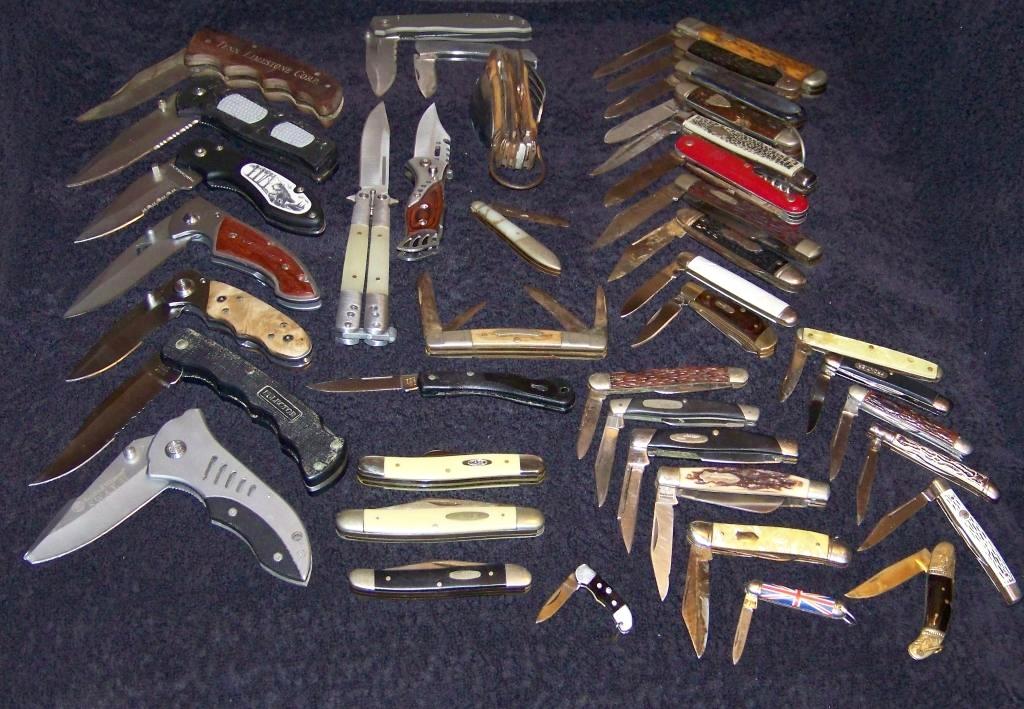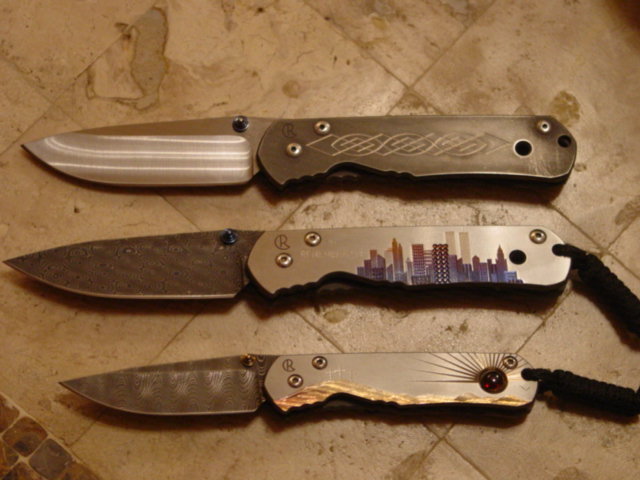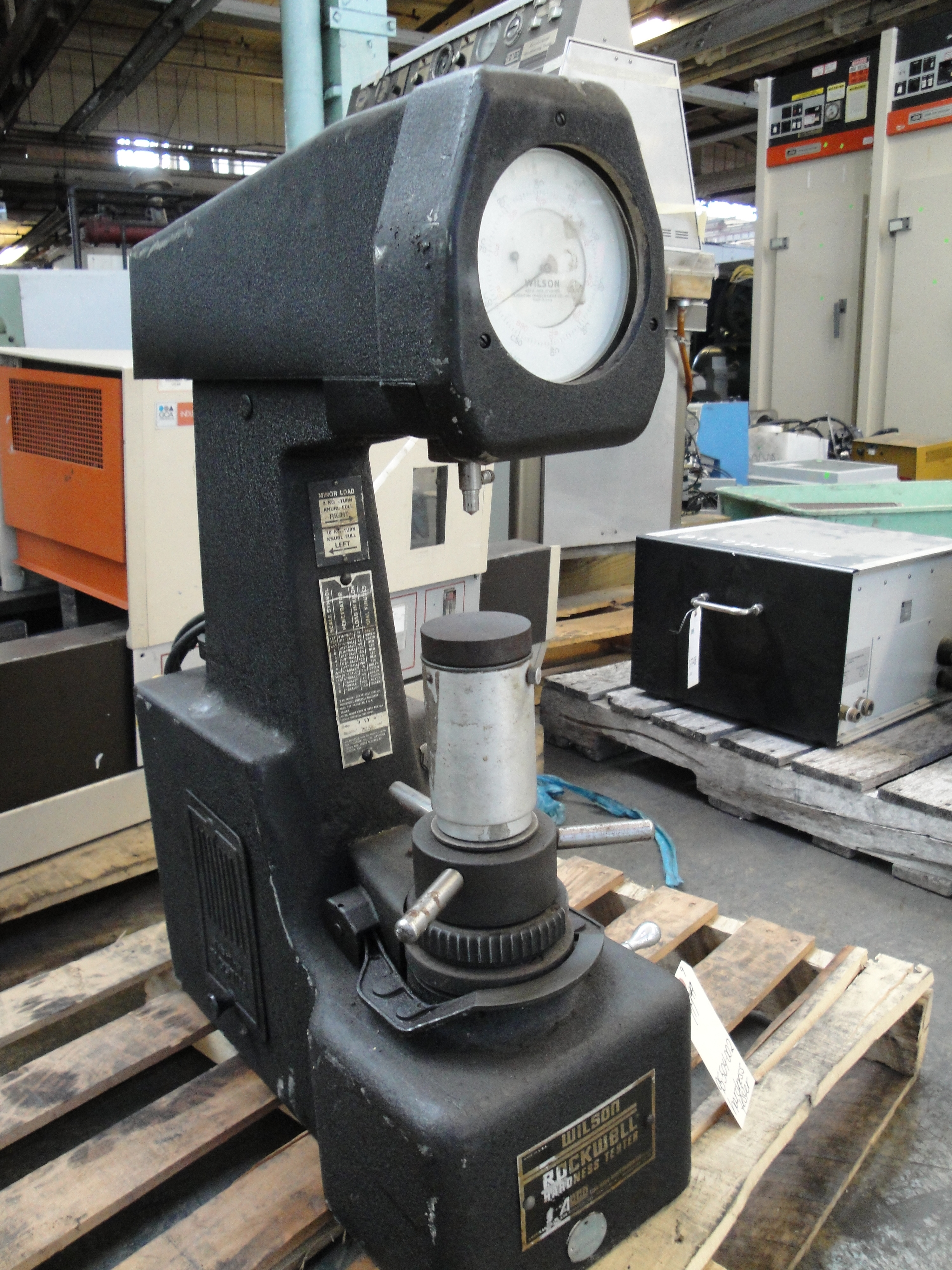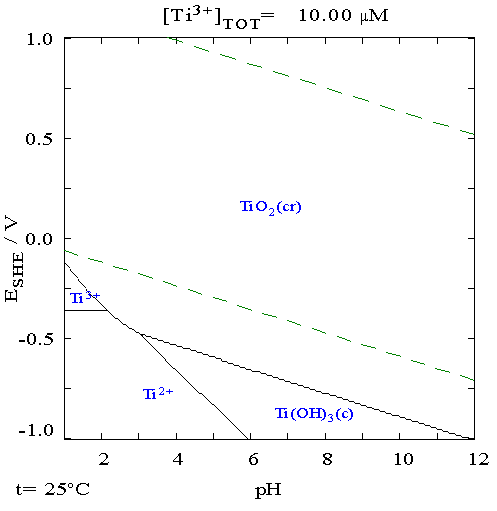|
Umnumzaan
The Umnumzaan is a folding pocket knife manufactured by Chris Reeve Knives of Boise, Idaho, and designed by Chris Reeve. The name "Umnumzaan" is derived from the Zulu language, meaning "Head of the family," or "Boss" (colloq.), a tribute to Mr. Reeve's South Africa origins. The Umnumzaan was designed to meet the needs of operators seeking a heavy-duty folder capable of handling heavy use and even abuse. Building upon the Sebenza’s success, the Umnumzaan features: a stronger pivot joint, a thicker blade, a different blade grind with a reinforced tip, improved ergonomics, thicker titanium handles, a thicker titanium lock bar, a stronger ceramic ball detent system, a larger titanium spacer (sometimes called a “stand off”), a phosphor-bronze washer system designed to act as a ‘dry-sump’ to retain lubrication and keep dirt out, an oversized ambidextrous-thumb studs & extended lock bar to aid operation when wearing gloves, a lanyard pivot joint that uses pivoting lanyard tie ba ... [...More Info...] [...Related Items...] OR: [Wikipedia] [Google] [Baidu] |
Chris Reeve Knives
Chris Reeve Knives is an American knife manufacturing corporation with international sales and distribution headquartered in Boise, Idaho, that designs, develops, and sells folding pocket knives and fixed-blade knives. Its products include the Sebenza, Inkosi, Umnumzaan, TiLock, Mnandi folding knives, Impinda slip joint, and the Green Beret, Pacific, Professional Soldier, Nyala, and Sikayo fixed blade knives. Chris Reeve Knives' industry contributions include the Integral Lock, contributions to the blade steels CPM-S30V and CPM-S35VN, and has won Blade Magazine's Blade Show Manufacturing Quality Award 15 times. Their motto is ''Think Twice, Cut Once.'' History Chris Reeve Knives was founded as a sole proprietorship in January 1984, with Chris Reeve making custom knives in the single garage attached to the house in which Reeve was living in Durban, South Africa. In March 1989, Reeve and his wife Anne Reeve immigrated to the United States, and CRK commenced manufacturing in ... [...More Info...] [...Related Items...] OR: [Wikipedia] [Google] [Baidu] |
Chris Reeve
Christopher Stanley Reeve (born December 4, 1953) is a South African-American knife maker, recognized as one of the most influential people in knife making history.Shackleford, Steve, Blade Magazine, “30 Most Influential People in Blade History”, October 2003, pages 92–98 Reeve founded Chris Reeve Knives (CRK) in 1984. In 2014, Reeve retired and was inducted into the Blade Magazine Hall of Fame in 2015. Background Christopher Stanley Reeve was born on December 4, 1953, in Durban, South Africa. His original vocation was that of tool and die making.Dyer, Keith, Magnum Magazine, “Blade-Maker Extraordinaire”, May 1983, pages 28–31 Reeve trained at the Pineware Manufacturing Company, serving a four-year tool- and die-making apprenticeship that finished in 1978. Reeve credits his experience in tool and die for developing his grinding skills and giving him the manufacturing and materials knowledge he needed to jumpstart him in professional knife making.Reeve, Anne, � ... [...More Info...] [...Related Items...] OR: [Wikipedia] [Google] [Baidu] |
Pocket Knife
A pocketknife is a knife with one or more blades that fold into the handle. They are also known as jackknives (jack-knife), folding knives, or may be referred to as a penknife, though a penknife may also be a specific kind of pocketknife. A typical blade length is . Pocketknives are versatile tools, and may be used for anything from whittling and Wood carving, woodcarving, to butchering Game (hunting), small game, gutting and filleting small fish, aiding in the preparation of tinder and kindling for fires, boring holes in soft material, to opening an envelope, cutting twine, slicing a piece of fruit or as a means of self-defense. Specialised designs are also used for mushroom hunting and gardening. Pocketknives designed for gardening include pruning knives, which are folding knives with long curved blades used for pruning, trimming cuttings, taking buds and preparing material for grafting. History The earliest known pocketknives date to at least the early Iron Age. A poc ... [...More Info...] [...Related Items...] OR: [Wikipedia] [Google] [Baidu] |
Boise, Idaho
Boise (, , ) is the capital and most populous city of the U.S. state of Idaho and is the county seat of Ada County. On the Boise River in southwestern Idaho, it is east of the Oregon border and north of the Nevada border. The downtown area's elevation is above sea level. The population according to the 2020 US Census was 235,684. The Boise metropolitan area, also known as the Treasure Valley, includes five counties with a combined population of 749,202, the most populous metropolitan area in Idaho. It contains the state's three largest cities: Boise, Nampa, and Meridian. Boise is the 77th most populous metropolitan statistical area in the United States. Downtown Boise is the cultural center and home to many small businesses and a number of high-rise buildings. The area has a variety of shops and restaurants. Centrally, 8th Street contains a pedestrian zone with sidewalk cafes and restaurants. The neighborhood has many local restaurants, bars, and boutiques. The ... [...More Info...] [...Related Items...] OR: [Wikipedia] [Google] [Baidu] |
Zulu Language
Zulu (), or isiZulu as an endonym, is a Southern Bantu language of the Nguni branch spoken in Southern Africa. It is the language of the Zulu people, with about 12 million native speakers, who primarily inhabit the province of KwaZulu-Natal of South Africa. Zulu is the most widely spoken home language in South Africa (24% of the population), and it is understood by over 50% of its population. It became one of South Africa's 11 official languages in 1994. According to Ethnologue, it is the second-most-widely spoken of the Bantu languages, after Swahili. Like many other Bantu languages, it is written with the Latin alphabet. In South African English, the language is often referred to in its native form, ''isiZulu''. Geographical distribution Zulu migrant populations have taken it to adjacent regions, especially Zimbabwe, where the Northern Ndebele language ( isiNdebele) is closely related to Zulu. Xhosa, the predominant language in the Eastern Cape, is often consi ... [...More Info...] [...Related Items...] OR: [Wikipedia] [Google] [Baidu] |
South Africa
South Africa, officially the Republic of South Africa (RSA), is the southernmost country in Africa. It is bounded to the south by of coastline that stretch along the South Atlantic and Indian Oceans; to the north by the neighbouring countries of Namibia, Botswana, and Zimbabwe; and to the east and northeast by Mozambique and Eswatini. It also completely enclaves the country Lesotho. It is the southernmost country on the mainland of the Old World, and the second-most populous country located entirely south of the equator, after Tanzania. South Africa is a biodiversity hotspot, with unique biomes, plant and animal life. With over 60 million people, the country is the world's 24th-most populous nation and covers an area of . South Africa has three capital cities, with the executive, judicial and legislative branches of government based in Pretoria, Bloemfontein, and Cape Town respectively. The largest city is Johannesburg. About 80% of the population are Black Sou ... [...More Info...] [...Related Items...] OR: [Wikipedia] [Google] [Baidu] |
Sebenza
The Sebenza is a folding pocket knife manufactured by Chris Reeve Knives of Boise, Idaho. It is constructed with a stainless steel blade and titanium handle. Its handle functions as the lock mechanism similar in concept to the Walker linerlock differing in that the handle itself forms the lock bar which holds the blade open. This mechanism was invented by Chris Reeve, and is called the Reeve Integral Lock (R.I.L). It is also commonly referred to as the Framelock, and is one of the most widely implemented locking systems in the folding knife industry, where lock strength and reliability is a product requirement. The name Sebenza is derived from the Zulu word meaning "Work," a tribute to Mr. Reeve's South African origins. Design and history There are currently two size models of the Sebenza 31, small and large. The Small 31 has a 2.99" (76.17mm) blade and the Large 31 has a 3.61" (91.69mm) blade. First introduced in 1990, the current basic model has a sand-blasted ... [...More Info...] [...Related Items...] OR: [Wikipedia] [Google] [Baidu] |
CPM S30V Steel
CPM S30V is a martensitic (hardened) powder-made (sintered) wear and corrosion resistant stainless steel developed by Dick Barber of Crucible Industries in collaboration with knifemaker Chris Reeve. Its chemistry promotes the formation and even distribution of vanadium carbides, which are harder and more effective at cutting than chromium carbides. These vanadium carbides give the steel a very refined grain, further improving the sharpness and toughness. Despite some difficulties with a consistent heat-treat, knifemakers use CPM S30V because its composition makes it easier to grind than other powder steels although the carbides still wear down the grinder belts considerably. It contains carbon 1.45%, chromium 14.00%, vanadium 4.00%, and molybdenum 2.00%. Barber received feedback from a number of other knife users and knifemakers such as Sal Glesser, Ernest Emerson, Tony Marfione, Phil Wilson, William Harsey Jr., Tom Mayo, Jerry Hossom, and Paul Bos in the development of C ... [...More Info...] [...Related Items...] OR: [Wikipedia] [Google] [Baidu] |
Rockwell Scale
The Rockwell scale is a hardness scale based on indentation hardness of a material. The Rockwell test measures the depth of penetration of an indenter under a large load (major load) compared to the penetration made by a preload (minor load). There are different scales, denoted by a single letter, that use different loads or indenters. The result is a dimensionless number noted as HRA, HRB, HRC, etc., where the last letter is the respective Rockwell scale. When testing metals, indentation hardness correlates linearly with tensile strength. History The differential depth hardness measurement was conceived in 1908 by Viennese professor Paul Ludwik in his book ''Die Kegelprobe'' (crudely, "the cone test"). The differential-depth method subtracted out the errors associated with the mechanical imperfections of the system, such as backlash and surface imperfections. The Brinell hardness test, invented in Sweden, was developed earlier – in 1900 – but it was slow, not ... [...More Info...] [...Related Items...] OR: [Wikipedia] [Google] [Baidu] |
Titanium
Titanium is a chemical element with the Symbol (chemistry), symbol Ti and atomic number 22. Found in nature only as an oxide, it can be reduced to produce a lustrous transition metal with a silver color, low density, and high strength, resistant to corrosion in sea water, aqua regia, and chlorine. Titanium was discovered in Cornwall, Kingdom of Great Britain, Great Britain, by William Gregor in 1791 and was named by Martin Heinrich Klaproth after the Titan (mythology), Titans of Greek mythology. The element occurs within a number of minerals, principally rutile and ilmenite, which are widely distributed in the Earth's crust and lithosphere; it is found in almost all living things, as well as bodies of water, rocks, and soils. The metal is extracted from its principal mineral ores by the Kroll process, Kroll and Hunter process, Hunter processes. The most common compound, titanium dioxide, is a popular photocatalysis, photocatalyst and is used in the manufacture of white pigments ... [...More Info...] [...Related Items...] OR: [Wikipedia] [Google] [Baidu] |




